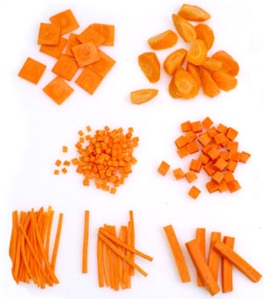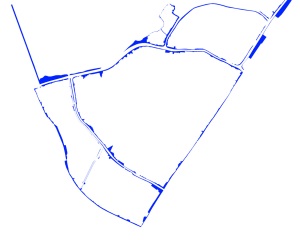Most people know Dharavi to be the largest slum in Asia. However, when peeling the layers of this chaotic seen, you begin to unravel centuries of history, culture, networks and human inventiveness.
A focus is given to the specific area of Koliwada. Once a fisherman village, Koliwada is known to be the oldest part of Dharavi. The first dwellers settled there almost 450 years ago before the government of Maharashtra came to exist. Unlike many of its neighbours, Koliwada holds the unique and distinct characteristic of a village.
 Goathan laws were implemented in Koliwada in order to manage the land through land use and zoning schemes. These laws restricted Koliwada to build to a certain height, but this was recenntly changed. By neglecting Koliwada, their infrastructure was never upgraded and a proper sewage system was never implemented. This led Koliwada to become part of the larger squatter settlement.
Goathan laws were implemented in Koliwada in order to manage the land through land use and zoning schemes. These laws restricted Koliwada to build to a certain height, but this was recenntly changed. By neglecting Koliwada, their infrastructure was never upgraded and a proper sewage system was never implemented. This led Koliwada to become part of the larger squatter settlement.
Going against the Dharavi Rehabilitation Project proposal, I have decided to look at Dharavi as a place of Heritage and culture, rather than a shantytown. I propose an upgrading scheme in which the community is heavily involved. A community based organization will be formed and supported through international and grassroot NGOs as well as community saving groups and educational institutions.
My inspiration is drawn from 4 guidelines set out by Charles Landry which promotes the idea of creative cities. These guidelines are fascilitating cultural identity and creative strategies, mentoring city and cultural leaders, mediating urban change processes and focusing on finding imaginative solutions. Keeping these in mind, I have decided to focus on three main interventions; infrastructure, heritage and housing.
When doing my research I found that the first thing the people wanted to change was infrastructure. The streets are an essential part of Dharavi. Not only do they create connections from Dharavi to Mumbai, but they also connect markets to markets, homes and other community nodes. In a sense, the street addresses the specific needs of the people. It creates spaces of interaction for all generations, along with commercial spaces to support livelihoods through market activities. It is therefore essential that the first step be sealing of the roads and implementing a proper sewage system. This will increase health standards, as well as bring social and economic benefits.
In order to preserve the identity of Koliwada, an intervention is proposed to conserve the existing self standing structures. These structures can serve as cultural centers in which the community archives may be kept and the culture documented and exhibited. The past doesn’t need to be erased in order to achieve a brighter future, but should be used as a vehicle to foster the evolution of the city’s identity.
When it comes to housing it is important to understand the unique needs of the people an their culture. I propose a housing scheme consisting of medium and high rise buildings. Within these structures there are two focuses which I wish to make clear. Firstly the the front of the building should be reserved for livelihoods, whereby people may rent a shop or create an informal market to sell their home produced goods . Secondly, there is a need for safe community space within the building, where people could socializes and interact in a friendly seing as well as appropriate their near home spaces without feeling threatened.
This project aims to preserve Koliwada’s unique identity by taking small steps to upgrade the current situation while also acting as a catalyst to the growth of Dharavi and the Greater Mumbai




 Goathan laws were implemented in Koliwada in order to manage the land through land use and zoning schemes. These laws restricted Koliwada to build to a certain height, but this was recenntly changed. By neglecting Koliwada, their infrastructure was never upgraded and a proper sewage system was never implemented. This led Koliwada to become part of the larger squatter settlement.
Goathan laws were implemented in Koliwada in order to manage the land through land use and zoning schemes. These laws restricted Koliwada to build to a certain height, but this was recenntly changed. By neglecting Koliwada, their infrastructure was never upgraded and a proper sewage system was never implemented. This led Koliwada to become part of the larger squatter settlement.
